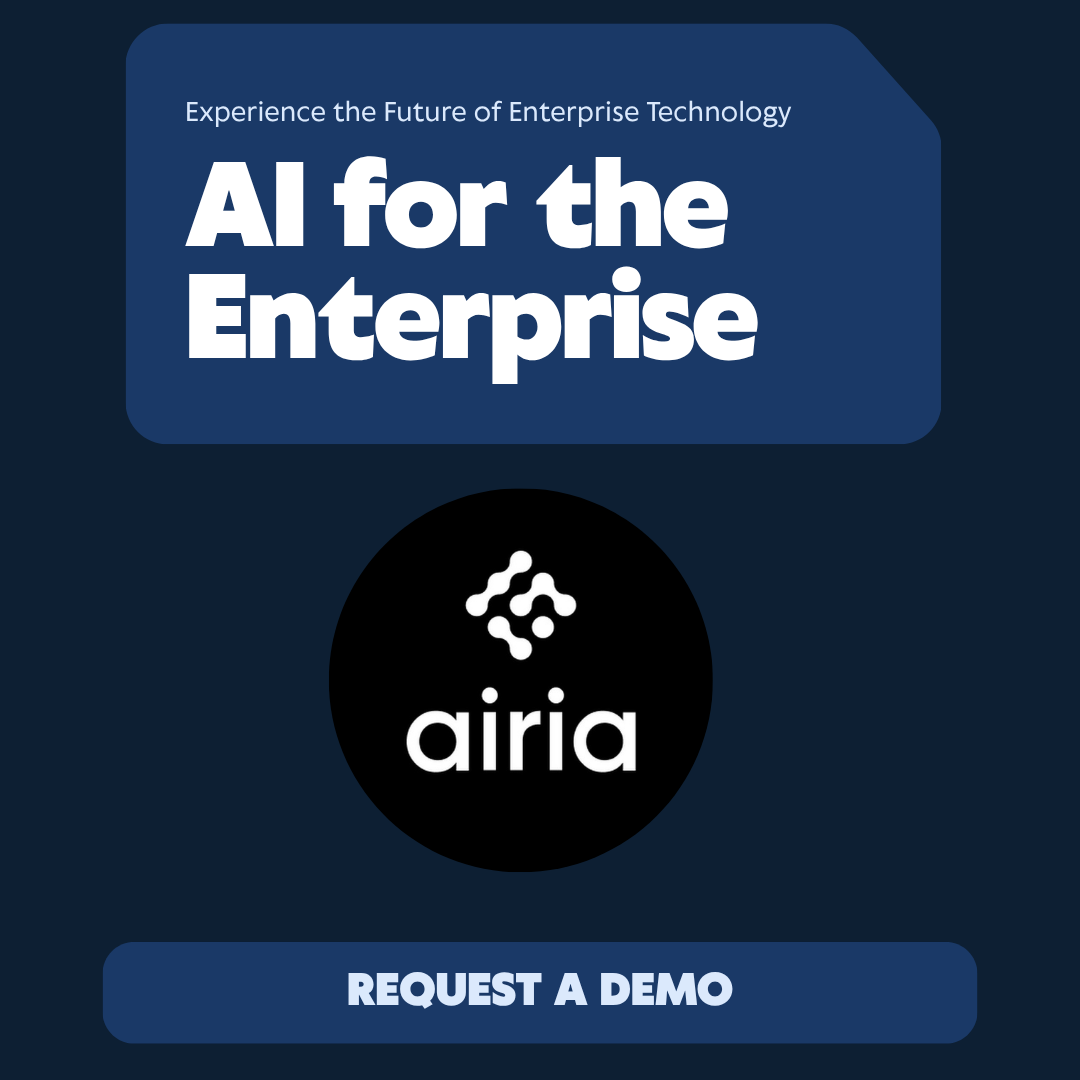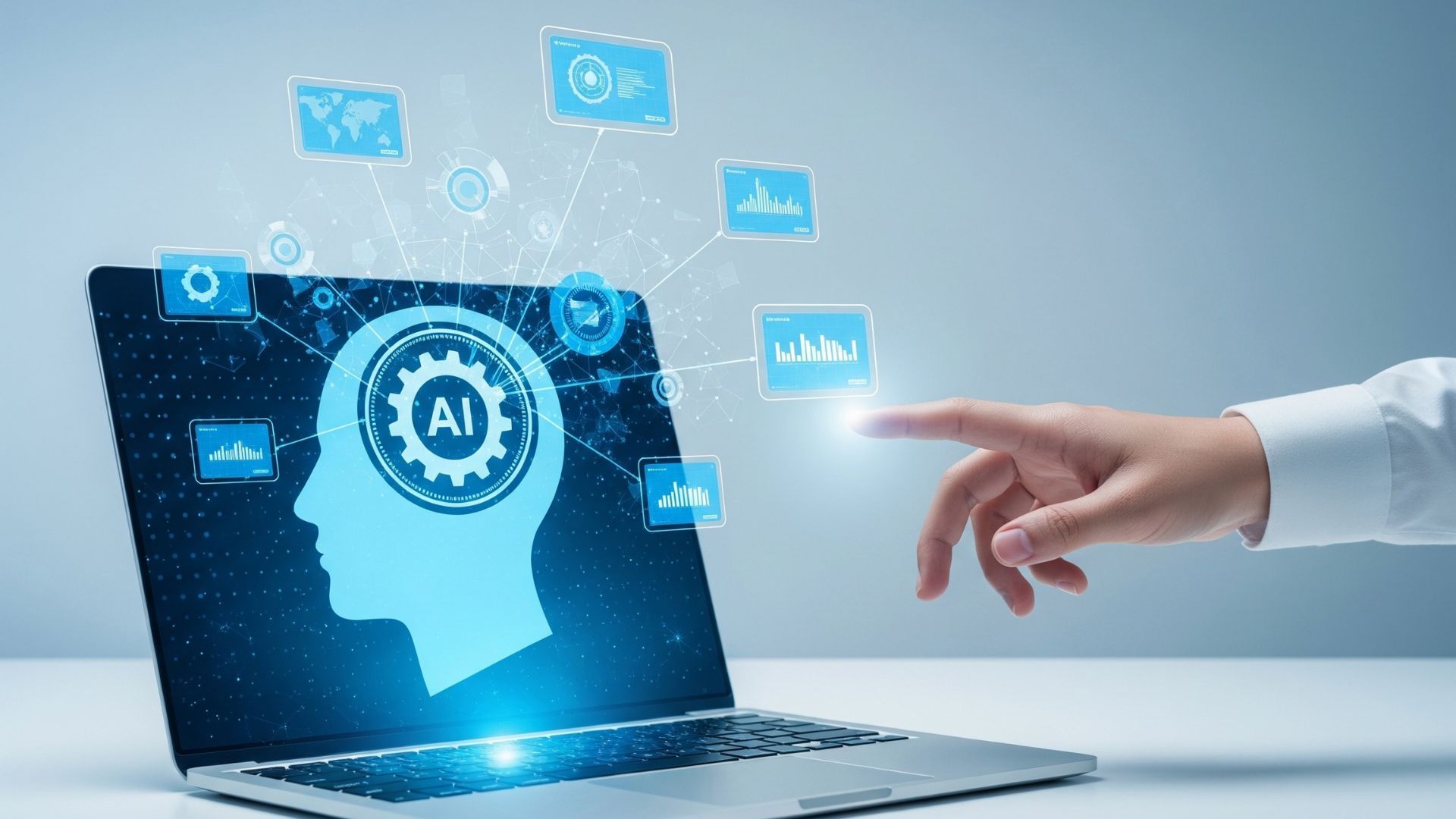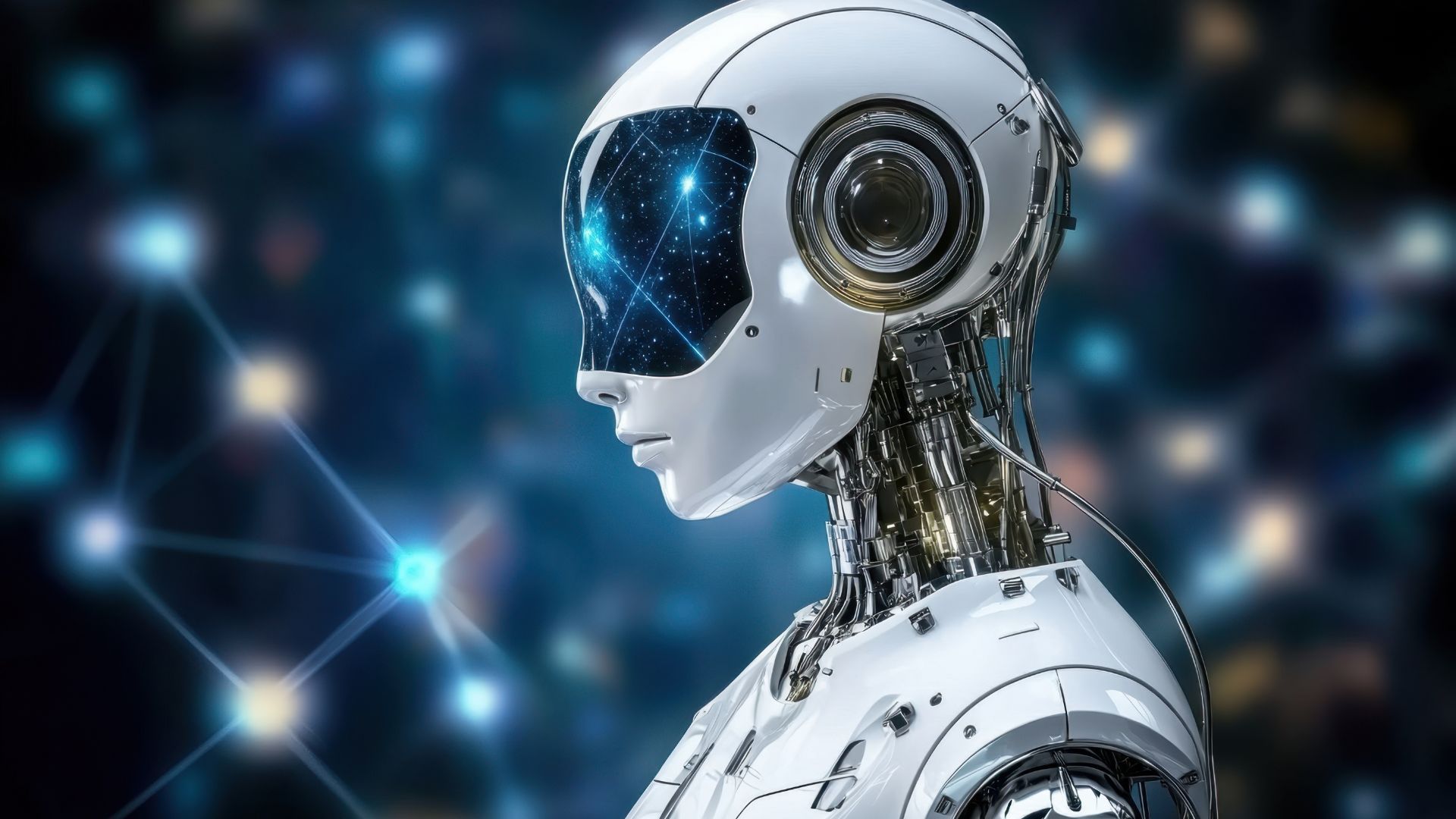What Most People Still Get Wrong About AI
The Confusion Around “Artificial Intelligence”
Few technologies have captured public imagination—or confusion—like AI.
It’s been called everything from a threat to humanity to a silver bullet for every business challenge.
The truth lies somewhere in between.
Artificial intelligence isn’t magic, and it isn’t malevolent. It’s a collection of mathematical models that recognize patterns, learn from data, and make predictions based on probability. What makes AI powerful—and sometimes misunderstood—is how seamlessly it imitates human reasoning while remaining fundamentally mechanical.
Myth #1: AI Thinks Like Humans
AI doesn’t “think.”
It analyzes data through layers of computation, identifying correlations that appear intelligent but lack human awareness or emotion.
Large language models such as GPT or Claude predict the next best word based on billions of examples—they don’t understand context the way humans do.
They’re extraordinary mimics, not minds.
Understanding that distinction is key to using AI responsibly: it can reason statistically, but not ethically.
Myth #2: AI Is Replacing People
Automation has always replaced tasks, not entire professions.
AI will change what people do, not erase why people matter.
Industries adopting AI—finance, logistics, marketing, healthcare—consistently find that the greatest gains come from collaboration, not substitution.
Machines handle repetition; humans handle complexity, empathy, and creativity.
The companies seeing the highest returns on AI investment are those that train employees to
work with AI systems, not compete against them.
airia
Get a DemoMyth #3:
AI Always Knows the Truth
AI is only as accurate as the data it learns from—and data is messy, biased, and sometimes wrong.
When algorithms are trained on flawed or unbalanced datasets, they replicate those biases at scale.
That’s why AI transparency, auditing, and governance have become essential.
Explainable AI (XAI) practices help teams trace why a model made a decision, improving fairness and accountability.
Blind trust in AI is as dangerous as blind fear. Both prevent meaningful progress.
Myth #4:
AI Will Eventually “Take Over”
The notion that AI will achieve consciousness and dominate humanity is a narrative better suited for film than boardrooms.
Current AI lacks autonomy, motivation, and self-awareness—it cannot act outside of human instruction.
What’s more relevant is the rise of agentic AI, which operates independently within specific boundaries. These systems still require clear goals, rules, and oversight.
In short, AI doesn’t “want” anything—it executes what we design it to do.
Myth #5:
AI Is Only for Tech Companies
From agriculture to accounting, AI is now accessible to organizations of every size.
Low-code platforms, embedded copilots, and SaaS integrations allow businesses to deploy intelligent tools without data-science teams.
- Small retailers use AI to forecast demand.
- Manufacturers optimize production schedules.
- Law firms summarize case documents in seconds.
- Even nonprofits use AI chatbots to scale outreach.
- The future of AI isn’t centralized—it’s democratized.
Myth #6:
AI Works Perfectly Out of the Box
Implementation is where most AI projects fail.
According to Deloitte, more than 90 percent of early initiatives stall due to poor data hygiene, unclear goals, or lack of user training.
AI success requires:
- Defined objectives tied to measurable outcomes.
- Clean, labeled data from trusted sources.
- Cross-functional collaboration between tech and business teams.
- Iterative testing to refine accuracy over time.
Without process and patience, AI becomes an expensive experiment instead of a competitive advantage.
The Reality: AI Is a Mirror
AI reflects the values, intentions, and biases of the people who build it.
It doesn’t replace accountability—it magnifies it.
When deployed thoughtfully, AI accelerates innovation and insight. When used recklessly, it amplifies error and inequality.
The difference isn’t in the algorithm; it’s in the leadership behind it.
The Bottom Line
Most misconceptions about AI stem from misunderstanding what it isn’t.
It isn’t alive, infallible, or autonomous. It’s a mirror—one that shows us our data, our priorities, and our imagination.
The organizations that see AI clearly will use it wisely—and the ones that don’t will spend years correcting the mistakes they could have prevented.
Gain Your Advantage
GAIN Magazine cuts through hype to deliver insight.
Subscribe today to learn how AI is truly reshaping leadership, strategy, and innovation across every industry.















